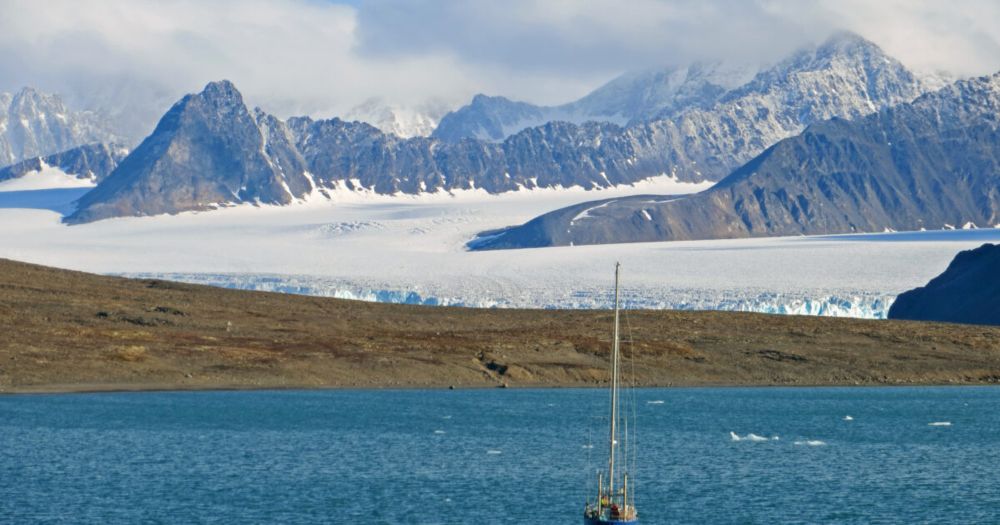
The latest PAGES Mag on "New Analytical Techniques in #Paleoscience" is online!
🌍 This issue highlights how novel imaging methods and machine-learning approaches are revolutionizing paleoscientific research and expanding our ability to decode past Earth’s history.
🔗 shorturl.at/LOJj5

The latest PAGES Mag on "New Analytical Techniques in #Paleoscience" is online!
🌍 This issue highlights how novel imaging methods and machine-learning approaches are revolutionizing paleoscientific research and expanding our ability to decode past Earth’s history.
🔗 shorturl.at/LOJj5

The latest PAGES Mag on "New Analytical Techniques in #Paleoscience" is online!
🌍 This issue highlights how novel imaging methods and machine-learning approaches are revolutionizing paleoscientific research and expanding our ability to decode past Earth’s history.
🔗 shorturl.at/LOJj5

How is that possible?
Read this paper led by @willemvdbilt.bsky.social
bjerknes.uib.no/en/news/arct...

How is that possible?
Read this paper led by @willemvdbilt.bsky.social
bjerknes.uib.no/en/news/arct...
extreme seasonality and not year-round cold.
👉Read more here: www.nature.com/articles/s43...
@willemvdbilt.bsky.social
@bjerknes.uib.no

extreme seasonality and not year-round cold.
👉Read more here: www.nature.com/articles/s43...
@willemvdbilt.bsky.social
@bjerknes.uib.no

🌐 ialipa-2025.sciencesconf.org/resource/pag...
@virtual-ialipa2025.bsky.social @willemvdbilt.bsky.social
#lake #sediment #GLOF

🌐 ialipa-2025.sciencesconf.org/resource/pag...
@virtual-ialipa2025.bsky.social @willemvdbilt.bsky.social
#lake #sediment #GLOF
youtu.be/l8CvcqjGM1Q @bjerknes.bsky.social

youtu.be/l8CvcqjGM1Q @bjerknes.bsky.social


bjerknes.uib.no/en/article/w...

bjerknes.uib.no/en/article/w...
www.nature.com/articles/s41...

www.nature.com/articles/s41...





